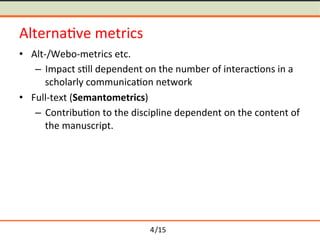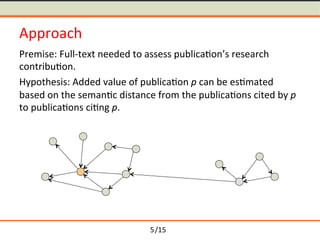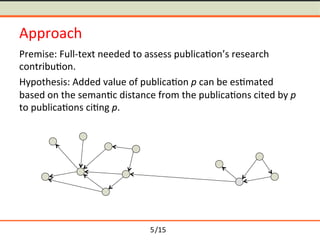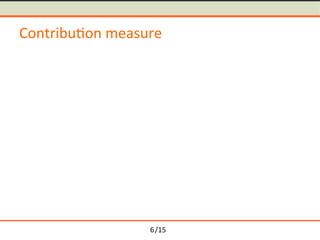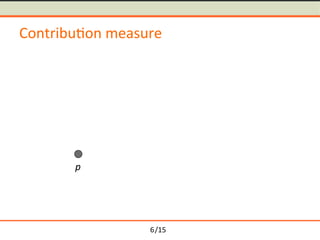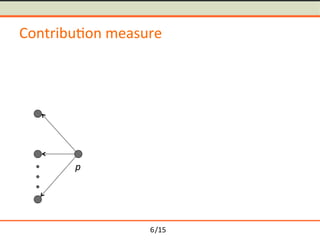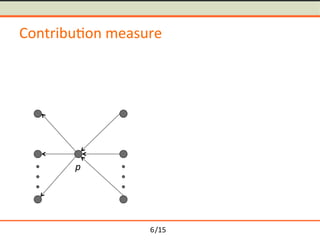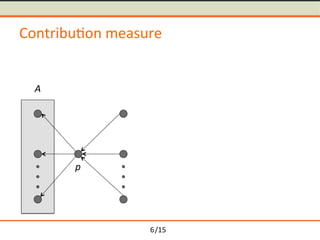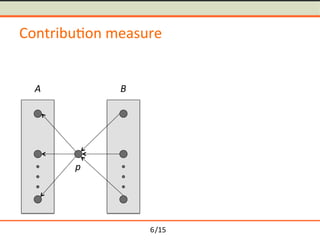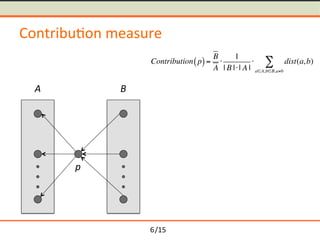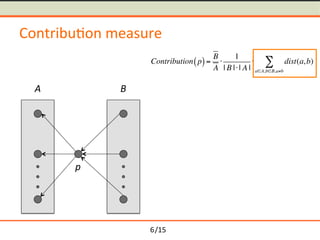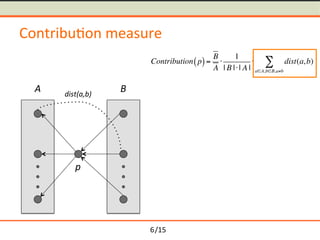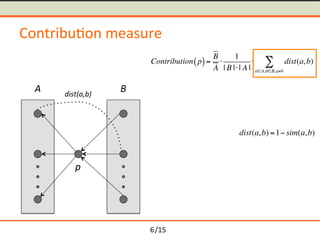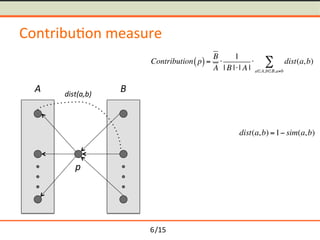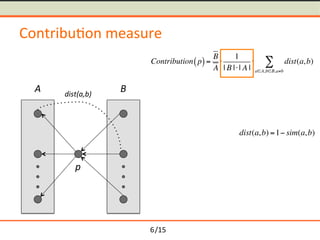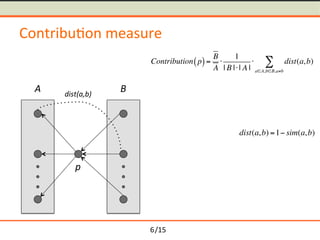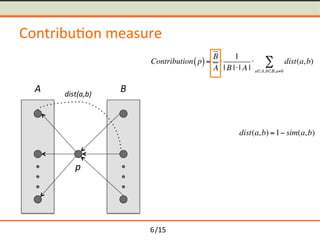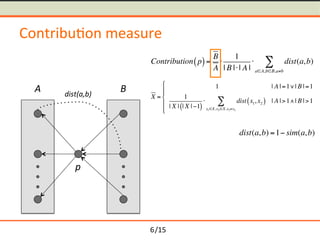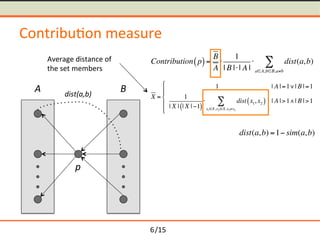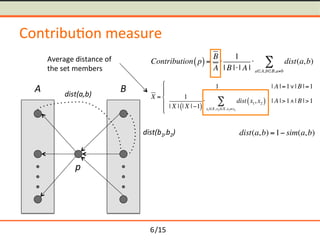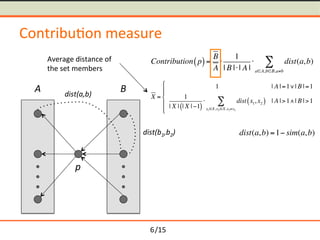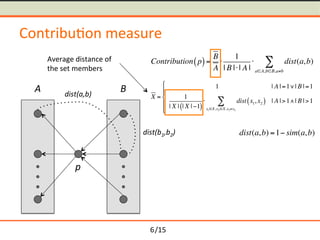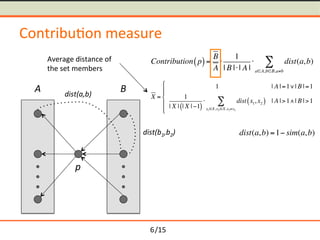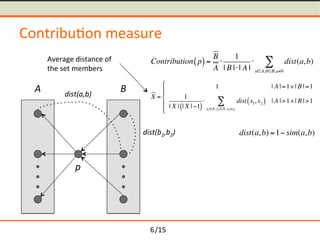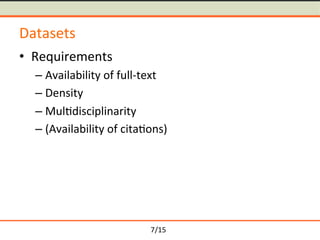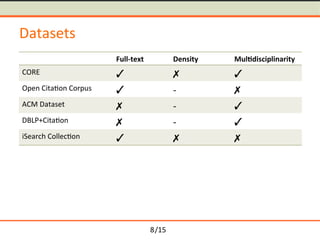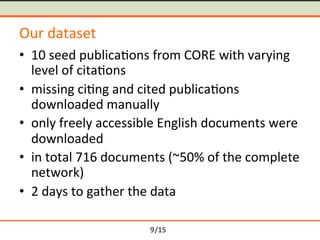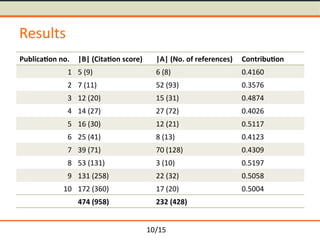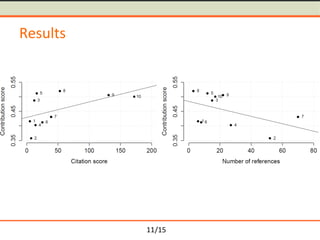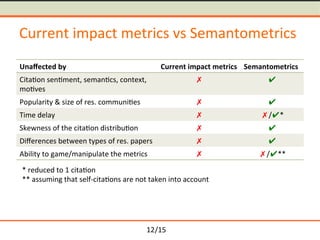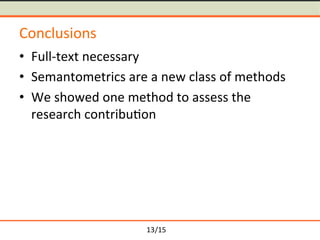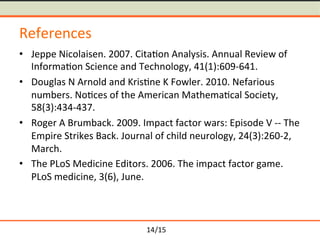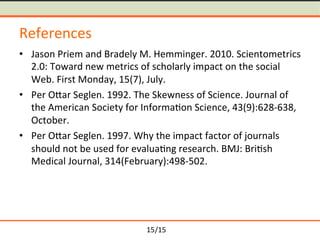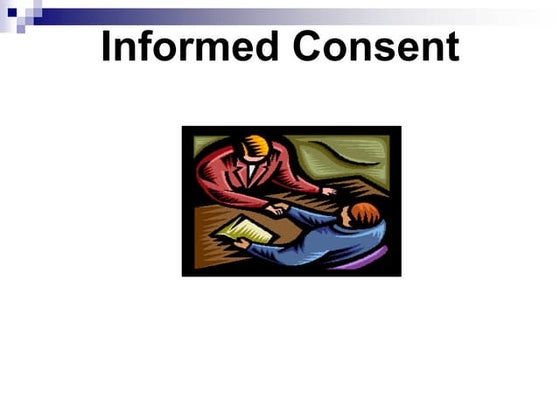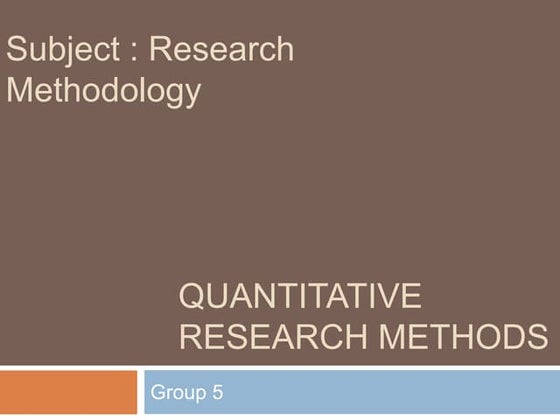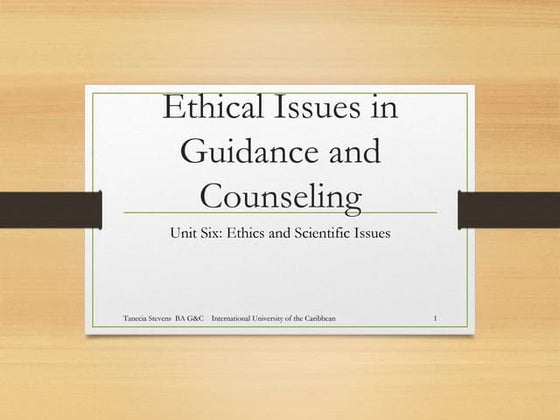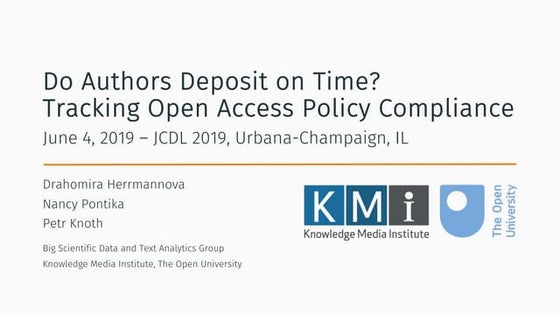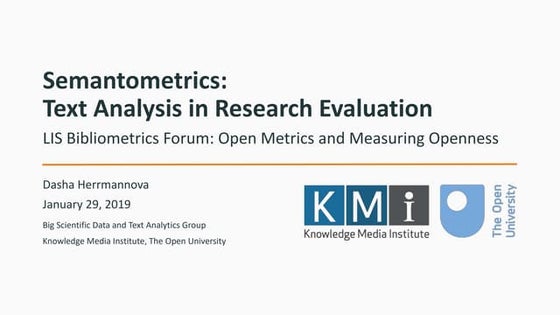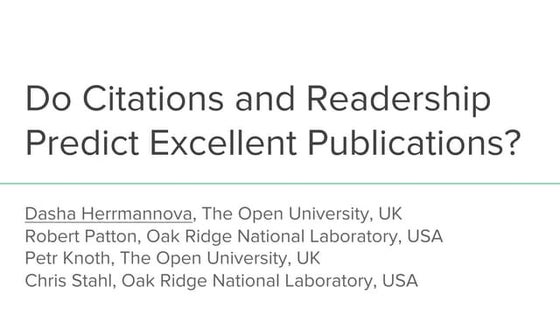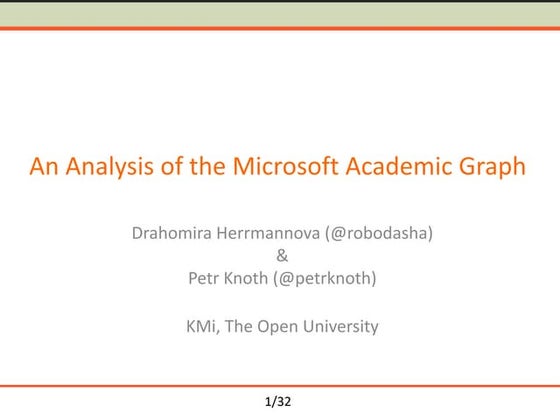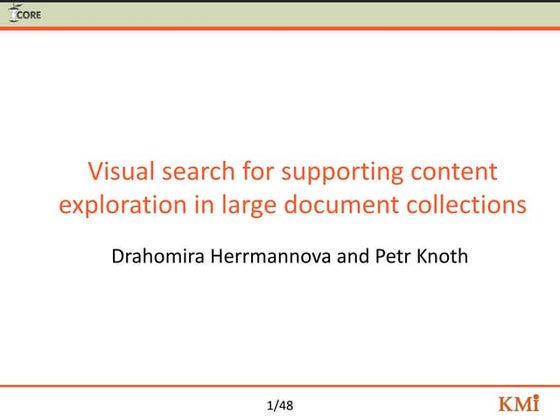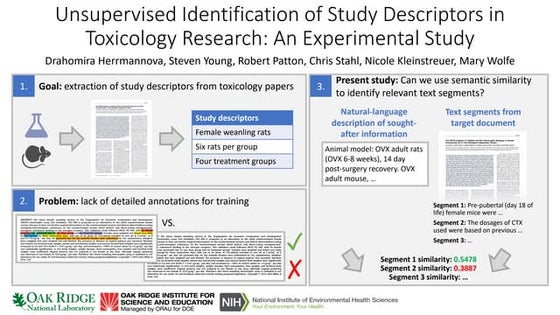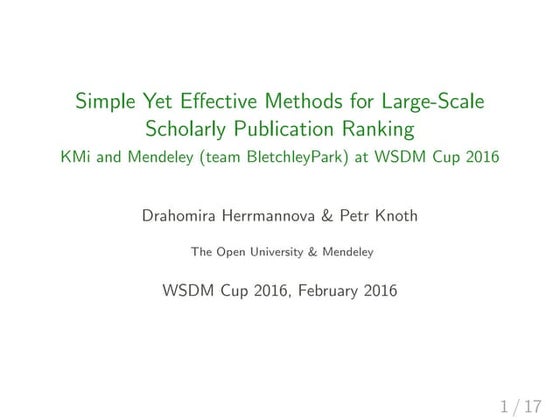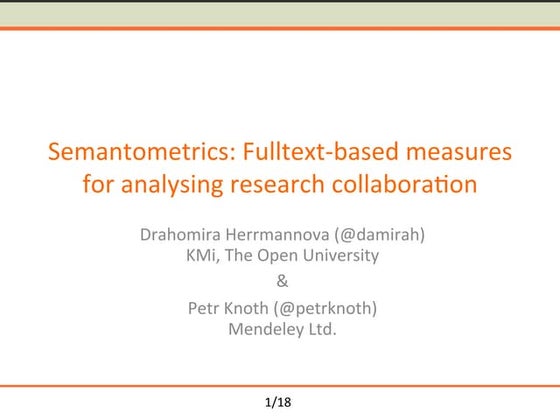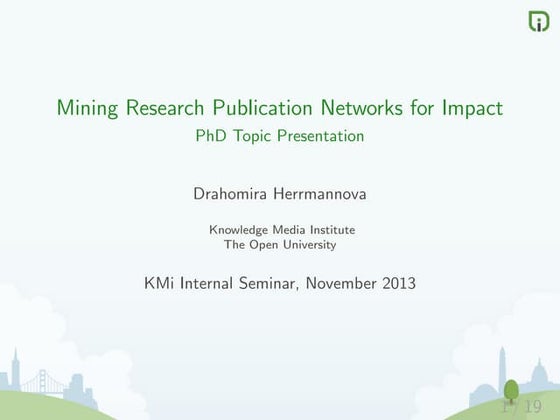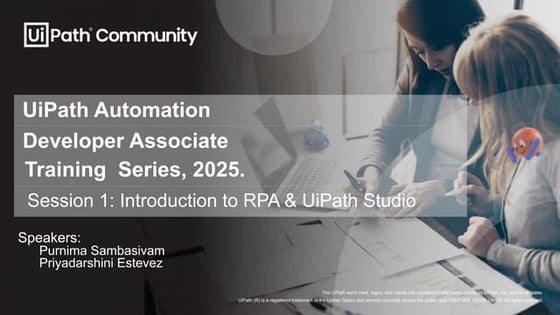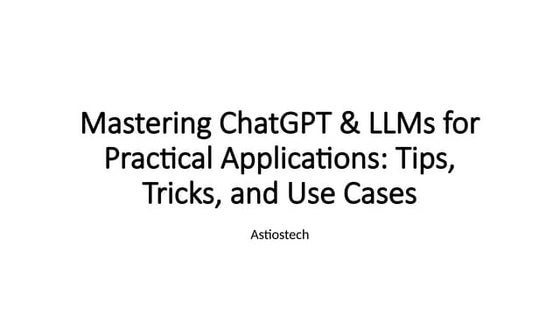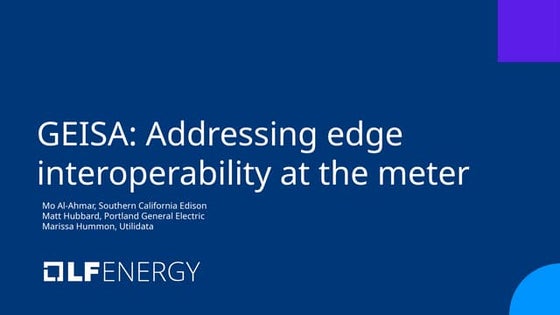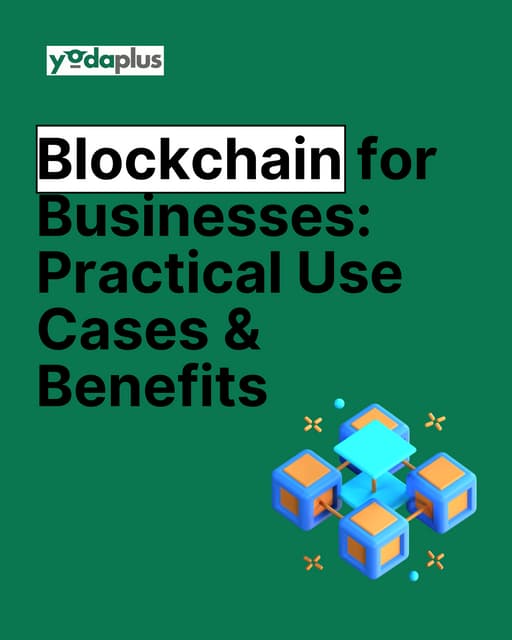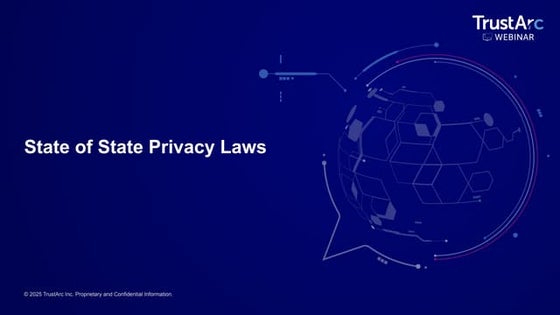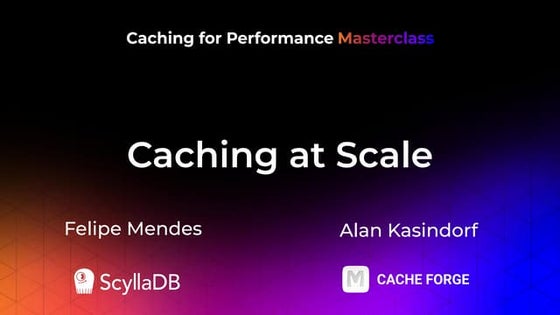Towards Semantometrics: A New Semantic Similarity Based Measure for Assessing a Research Publication's Contribution
- 3. /15 Problems of current impact metrics ŌĆóŌĆ» Sen-ment, seman-cs, context and mo-ves [Nicolaisen, 2007] ŌĆóŌĆ» Popularity and size of research communi-es [Brumback, 2009; Seglen, 1997] ŌĆóŌĆ» Time delay [Priem and Hemminger, 2010] ŌĆóŌĆ» Skewness of the distribu-on [Seglen, 1992] ŌĆóŌĆ» Di’¼Ćerences between types of research papers [Seglen, 1997] ŌĆóŌĆ» Ability to game/manipulate cita-ons [Arnold and Fowler, 2010; Editors, 2006] 3
- 4. /15 Alterna-ve metrics ŌĆóŌĆ» Alt-/Webo-metrics etc. ŌĆōŌĆ» Impact s-ll dependent on the number of interac-ons in a scholarly communica-on network ŌĆóŌĆ» Full-text (Semantometrics) ŌĆōŌĆ» Contribu-on to the discipline dependent on the content of the manuscript. 4
- 14. /15 Contribu-on measure p A B Contribution p( )= B A Ōŗģ 1 | B |Ōŗģ| A | Ōŗģ dist(a,b) aŌłłA,bŌłłB,aŌēĀb Ōłæ 6
- 15. /15 Contribu-on measure p A B Contribution p( )= B A Ōŗģ 1 | B |Ōŗģ| A | Ōŗģ dist(a,b) aŌłłA,bŌłłB,aŌēĀb Ōłæ 6
- 16. /15 Contribu-on measure p A B dist(a,b) Contribution p( )= B A Ōŗģ 1 | B |Ōŗģ| A | Ōŗģ dist(a,b) aŌłłA,bŌłłB,aŌēĀb Ōłæ 6
- 17. /15 Contribu-on measure p A B dist(a,b) Contribution p( )= B A Ōŗģ 1 | B |Ōŗģ| A | Ōŗģ dist(a,b) aŌłłA,bŌłłB,aŌēĀb Ōłæ dist(a,b) =1ŌłÆ sim(a,b) 6
- 18. /15 Contribu-on measure p A B dist(a,b) Contribution p( )= B A Ōŗģ 1 | B |Ōŗģ| A | Ōŗģ dist(a,b) aŌłłA,bŌłłB,aŌēĀb Ōłæ dist(a,b) =1ŌłÆ sim(a,b) 6
- 19. /15 Contribu-on measure p A B dist(a,b) Contribution p( )= B A Ōŗģ 1 | B |Ōŗģ| A | Ōŗģ dist(a,b) aŌłłA,bŌłłB,aŌēĀb Ōłæ dist(a,b) =1ŌłÆ sim(a,b) 6
- 20. /15 Contribu-on measure p A B dist(a,b) Contribution p( )= B A Ōŗģ 1 | B |Ōŗģ| A | Ōŗģ dist(a,b) aŌłłA,bŌłłB,aŌēĀb Ōłæ dist(a,b) =1ŌłÆ sim(a,b) 6
- 21. /15 Contribu-on measure p A B dist(a,b) Contribution p( )= B A Ōŗģ 1 | B |Ōŗģ| A | Ōŗģ dist(a,b) aŌłłA,bŌłłB,aŌēĀb Ōłæ dist(a,b) =1ŌłÆ sim(a,b) 6
- 22. /15 Contribu-on measure p A B dist(a,b) Contribution p( )= B A Ōŗģ 1 | B |Ōŗģ| A | Ōŗģ dist(a,b) aŌłłA,bŌłłB,aŌēĀb Ōłæ X = 1 | A |=1Ōł©| B |=1 1 | X | | X |ŌłÆ1( ) Ōŗģ dist x1, x2( ) x1ŌłłX,x2 ŌłłX,x1ŌēĀx2 Ōłæ | A |>1Ōł¦| B |>1 ŌĦ ŌÄ© ŌĬ ŌÄ® ŌĬ dist(a,b) =1ŌłÆ sim(a,b) 6
- 23. /15 Contribu-on measure p A B dist(a,b) Contribution p( )= B A Ōŗģ 1 | B |Ōŗģ| A | Ōŗģ dist(a,b) aŌłłA,bŌłłB,aŌēĀb Ōłæ X = 1 | A |=1Ōł©| B |=1 1 | X | | X |ŌłÆ1( ) Ōŗģ dist x1, x2( ) x1ŌłłX,x2 ŌłłX,x1ŌēĀx2 Ōłæ | A |>1Ōł¦| B |>1 ŌĦ ŌÄ© ŌĬ ŌÄ® ŌĬ dist(a,b) =1ŌłÆ sim(a,b) Average distance of the set members 6
- 24. /15 Contribu-on measure p A B dist(a,b) Contribution p( )= B A Ōŗģ 1 | B |Ōŗģ| A | Ōŗģ dist(a,b) aŌłłA,bŌłłB,aŌēĀb Ōłæ X = 1 | A |=1Ōł©| B |=1 1 | X | | X |ŌłÆ1( ) Ōŗģ dist x1, x2( ) x1ŌłłX,x2 ŌłłX,x1ŌēĀx2 Ōłæ | A |>1Ōł¦| B |>1 ( ) * + * dist(a,b) =1ŌłÆ sim(a,b) Average distance of the set members 6
- 25. /15 Contribu-on measure p A B dist(a,b) dist(b1,b2) Contribution p( )= B A Ōŗģ 1 | B |Ōŗģ| A | Ōŗģ dist(a,b) aŌłłA,bŌłłB,aŌēĀb Ōłæ X = 1 | A |=1Ōł©| B |=1 1 | X | | X |ŌłÆ1( ) Ōŗģ dist x1, x2( ) x1ŌłłX,x2 ŌłłX,x1ŌēĀx2 Ōłæ | A |>1Ōł¦| B |>1 ( ) * + * dist(a,b) =1ŌłÆ sim(a,b) Average distance of the set members 6
- 26. /15 Contribu-on measure p A B dist(a,b) dist(b1,b2) Contribution p( )= B A Ōŗģ 1 | B |Ōŗģ| A | Ōŗģ dist(a,b) aŌłłA,bŌłłB,aŌēĀb Ōłæ X = 1 | A |=1Ōł©| B |=1 1 | X | | X |ŌłÆ1( ) Ōŗģ dist x1, x2( ) x1ŌłłX,x2 ŌłłX,x1ŌēĀx2 Ōłæ | A |>1Ōł¦| B |>1 ( ) * + * dist(a,b) =1ŌłÆ sim(a,b) Average distance of the set members 6
- 27. /15 Contribu-on measure p A B dist(a,b) dist(b1,b2) Contribution p( )= B A Ōŗģ 1 | B |Ōŗģ| A | Ōŗģ dist(a,b) aŌłłA,bŌłłB,aŌēĀb Ōłæ X = 1 | A |=1Ōł©| B |=1 1 | X | | X |ŌłÆ1( ) Ōŗģ dist x1, x2( ) x1ŌłłX,x2 ŌłłX,x1ŌēĀx2 Ōłæ | A |>1Ōł¦| B |>1 ( ) * + * dist(a,b) =1ŌłÆ sim(a,b) Average distance of the set members 6
- 28. /15 Contribu-on measure p A B dist(a,b) dist(b1,b2) Contribution p( )= B A Ōŗģ 1 | B |Ōŗģ| A | Ōŗģ dist(a,b) aŌłłA,bŌłłB,aŌēĀb Ōłæ X = 1 | A |=1Ōł©| B |=1 1 | X | | X |ŌłÆ1( ) Ōŗģ dist x1, x2( ) x1ŌłłX,x2 ŌłłX,x1ŌēĀx2 Ōłæ | A |>1Ōł¦| B |>1 ( ) * + * dist(a,b) =1ŌłÆ sim(a,b) Average distance of the set members 6
- 29. /15 Contribu-on measure p A B dist(a,b) dist(b1,b2) Contribution p( )= B A Ōŗģ 1 | B |Ōŗģ| A | Ōŗģ dist(a,b) aŌłłA,bŌłłB,aŌēĀb Ōłæ X = 1 | A |=1Ōł©| B |=1 1 | X | | X |ŌłÆ1( ) Ōŗģ dist x1, x2( ) x1ŌłłX,x2 ŌłłX,x1ŌēĀx2 Ōłæ | A |>1Ōł¦| B |>1 ( ) * + * dist(a,b) =1ŌłÆ sim(a,b) Average distance of the set members 6
- 31. /15 Datasets Full-text Density Mul5disciplinarity CORE Ō£ō Ō£Ś Ō£ō Open Cita-on Corpus Ō£ō - Ō£Ś ACM Dataset Ō£Ś - Ō£ō DBLP+Cita-on Ō£Ś - Ō£ō iSearch Collec-on Ō£ō Ō£Ś Ō£Ś 8
- 32. /15 Our dataset ŌĆóŌĆ» 10 seed publica-ons from CORE with varying level of cita-ons ŌĆóŌĆ» missing ci-ng and cited publica-ons downloaded manually ŌĆóŌĆ» only freely accessible English documents were downloaded ŌĆóŌĆ» in total 716 documents (~50% of the complete network) ŌĆóŌĆ» 2 days to gather the data 9
- 33. /15 Results Publica5on no. |B| (Cita5on score) |A| (No. of references) Contribu5on 1 5 (9) 6 (8) 0.4160 2 7 (11) 52 (93) 0.3576 3 12 (20) 15 (31) 0.4874 4 14 (27) 27 (72) 0.4026 5 16 (30) 12 (21) 0.5117 6 25 (41) 8 (13) 0.4123 7 39 (71) 70 (128) 0.4309 8 53 (131) 3 (10) 0.5197 9 131 (258) 22 (32) 0.5058 10 172 (360) 17 (20) 0.5004 474 (958) 232 (428) 10
- 34. /15 Results 11
- 35. /15 Current impact metrics vs Semantometrics Una’¼Ćected by Current impact metrics Semantometrics Cita-on sen-ment, seman-cs, context, mo-ves Ō£Ś Ō£ö Popularity & size of res. communi-es Ō£Ś Ō£ö Time delay Ō£Ś Ō£Ś/Ō£ö* Skewness of the cita-on distribu-on Ō£Ś Ō£ö Di’¼Ćerences between types of res. papers Ō£Ś Ō£ö Ability to game/manipulate the metrics Ō£Ś Ō£Ś/Ō£ö** * reduced to 1 cita-on ** assuming that self-cita-ons are not taken into account 12
- 36. /15 Conclusions ŌĆóŌĆ» Full-text necessary ŌĆóŌĆ» Semantometrics are a new class of methods ŌĆóŌĆ» We showed one method to assess the research contribu-on 13
- 37. /15 References ŌĆóŌĆ» Jeppe Nicolaisen. 2007. Cita-on Analysis. Annual Review of Informa-on Science and Technology, 41(1):609-641. ŌĆóŌĆ» Douglas N Arnold and Kris-ne K Fowler. 2010. Nefarious numbers. No-ces of the American Mathema-cal Society, 58(3):434-437. ŌĆóŌĆ» Roger A Brumback. 2009. Impact factor wars: Episode V -- The Empire Strikes Back. Journal of child neurology, 24(3):260-2, March. ŌĆóŌĆ» The PLoS Medicine Editors. 2006. The impact factor game. PLoS medicine, 3(6), June. 14
- 38. /15 References ŌĆóŌĆ» Jason Priem and Bradely M. Hemminger. 2010. Scientometrics 2.0: Toward new metrics of scholarly impact on the social Web. First Monday, 15(7), July. ŌĆóŌĆ» Per Omar Seglen. 1992. The Skewness of Science. Journal of the American Society for Informa-on Science, 43(9):628-638, October. ŌĆóŌĆ» Per Omar Seglen. 1997. Why the impact factor of journals should not be used for evalua-ng research. BMJ: Bri-sh Medical Journal, 314(February):498-502. 15

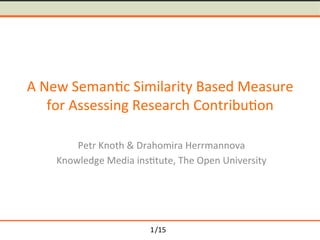
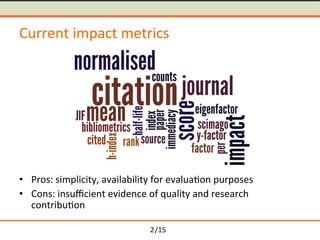
![/15
Problems of current impact metrics
ŌĆóŌĆ» Sen-ment, seman-cs, context and mo-ves [Nicolaisen, 2007]
ŌĆóŌĆ» Popularity and size of research communi-es [Brumback,
2009; Seglen, 1997]
ŌĆóŌĆ» Time delay [Priem and Hemminger, 2010]
ŌĆóŌĆ» Skewness of the distribu-on [Seglen, 1992]
ŌĆóŌĆ» Di’¼Ćerences between types of research papers [Seglen, 1997]
ŌĆóŌĆ» Ability to game/manipulate cita-ons [Arnold and Fowler,
2010; Editors, 2006]
3](https://image.slidesharecdn.com/wosp2014presentation-151223101149/85/Towards-Semantometrics-A-New-Semantic-Similarity-Based-Measure-for-Assessing-a-Research-Publication-s-Contribution-3-320.jpg)
